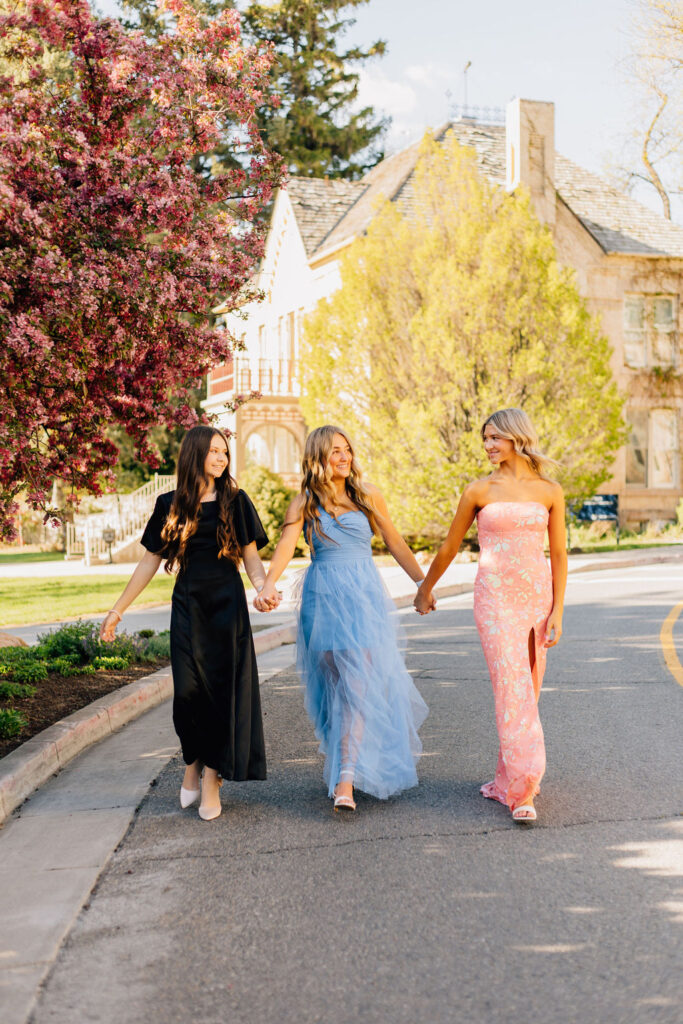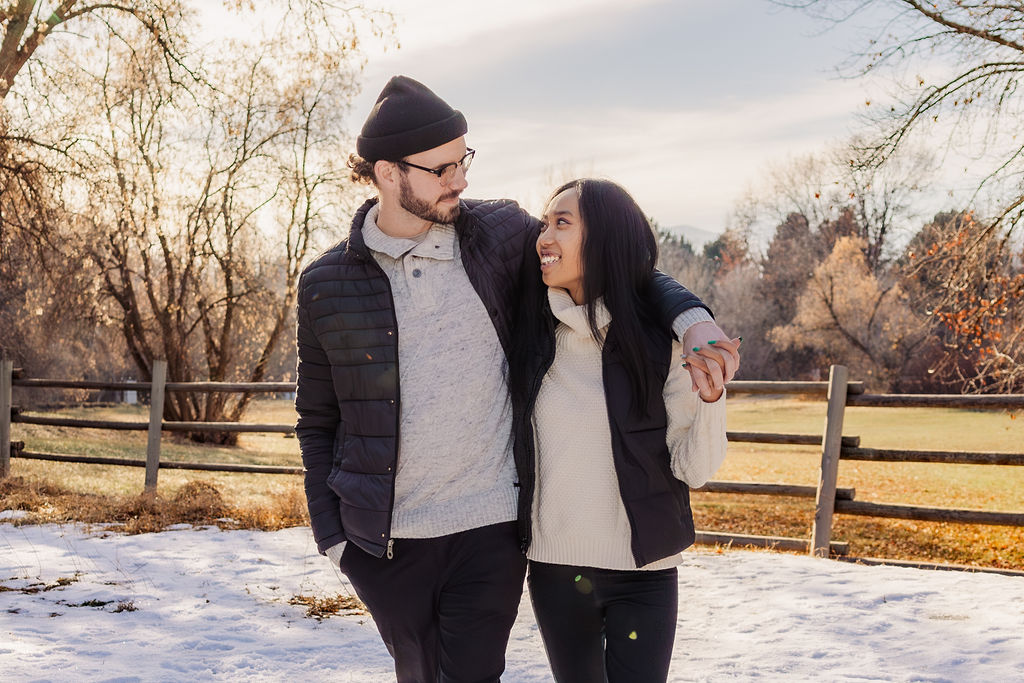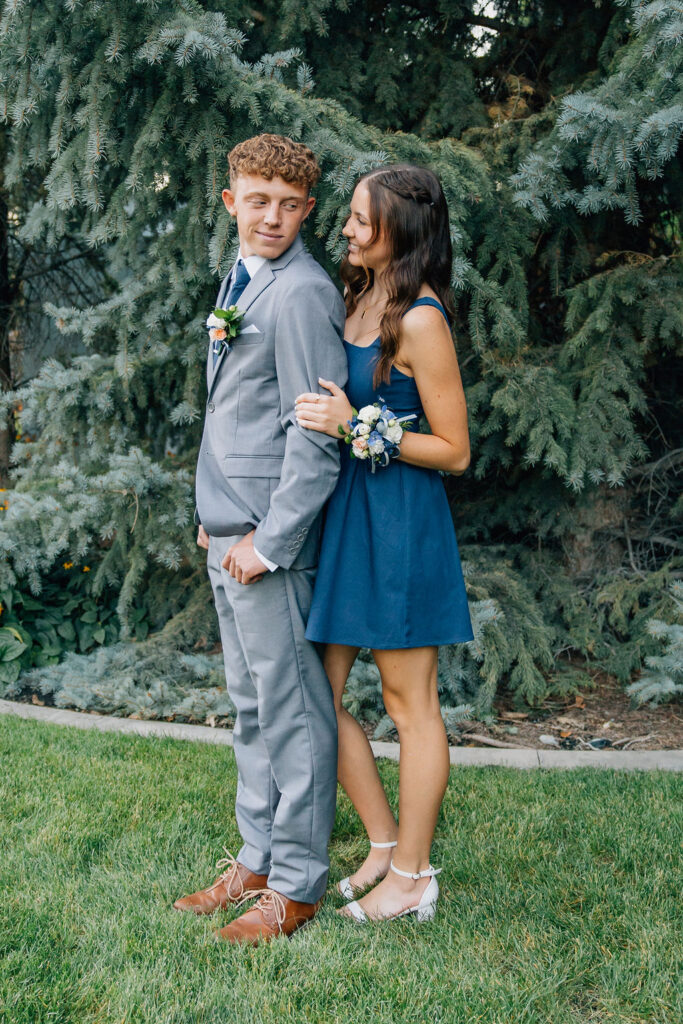The Top 3 Things I Learned My First Year as a Photographer
January 15, 2025
1. Golden Hour Isn’t Always the Best Time to Take Photos
Before I even got my first DSLR camera, I was convinced golden hour was the holy grail of photography. For anyone unfamiliar, golden hour refers to the last hour before sunset, when the sun casts a warm, soft light that many photographers adore. I had heard so many people praise it as the only time to schedule photos for the best results. Naturally, when I started booking sessions, I did everything I could to plan them during golden hour.
But here’s the thing: golden hour isn’t always magical. My first few golden hour shoots were completely overcast, leaving me with dark photos that lacked that dreamy glow. I had to work extra hard in editing to brighten the images while still keeping them professional-looking. Months later, I finally had a sunny golden hour session, and I was so excited to see how they turned out. While the photos weren’t bad, I realized they weren’t as easy to edit, and I didn’t love the colors as much as I had expected.
Not long after, I booked a shoot about two and a half hours before golden hour, and honestly, I was nervous the direct sunlight would ruin the photos. Instead, I was blown away. The colors were vibrant, the light was stunning, and the photos needed minimal editing. Now, I actually prefer shooting at least an hour before golden hour. While golden hour is beautiful, it’s not the only time to capture amazing photos.

2. Running a Photography Business Costs a Lot More Than You’d Think
I knew starting a photography business wouldn’t be cheap, but I was still shocked at how much I spent during my first year. I tried my best to keep costs low while staying professional and offering quality service, but it added up quickly.
Like most new photographers, I expected to spend money on camera gear—things like cameras, lenses, memory cards, and hard drives. Those are expensive, but at least they’re one-time purchases. What I didn’t anticipate was the number of recurring costs. Subscriptions for Adobe Lightroom, gallery delivery services, website hosting, domain registration, client management systems, and invoicing tools were just the beginning.
Now I understand why experienced photographers who have been doing this for several years charge so much. Running a photography business isn’t just about taking photos—it’s about covering the behind-the-scenes costs, too.

3. Posing Gets Easier Every Time You Practice
When I started photography, the idea of posing and directing clients was terrifying. I’ve never liked being in front of a camera myself, so how was I supposed to make other people feel comfortable? I also worried I’d forget my ideas mid-shoot and leave my clients feeling awkward.
Despite my fears, I loved the creative side of photography and the joy it brought to others, so I decided to give it a shot. At my first session, I relied on pictures on my phone that I had saved from Pinterest for 90% of the poses I used. I worried it looked unprofessional to be looking at my phone and it kind of felt like I was “cheating” in a way, but my clients didn’t seem to mind. At my next shoot, I used my phone less because I started to remember what worked well before. By my third shoot, I barely had to reference my phone and even came up with a few ideas on the spot.
Now, posing is one of my favorite parts of photography. I’m definitely not perfect, and I still have moments where my mind goes blank, but with practice, I’ve become much more confident. Looking back, I laugh at how much I held myself back because of my nerves. If you’re just starting out, remember that practice really does make progress!

Conclusion
Looking back on my first year as a photographer, I’m so grateful for the lessons I’ve learned. From discovering that golden hour isn’t the only magic light to understanding the costs of running a business and finding confidence in posing, each challenge has helped me grow. I can’t wait to see what year two has in store as I continue learning and capturing moments my clients will treasure forever.